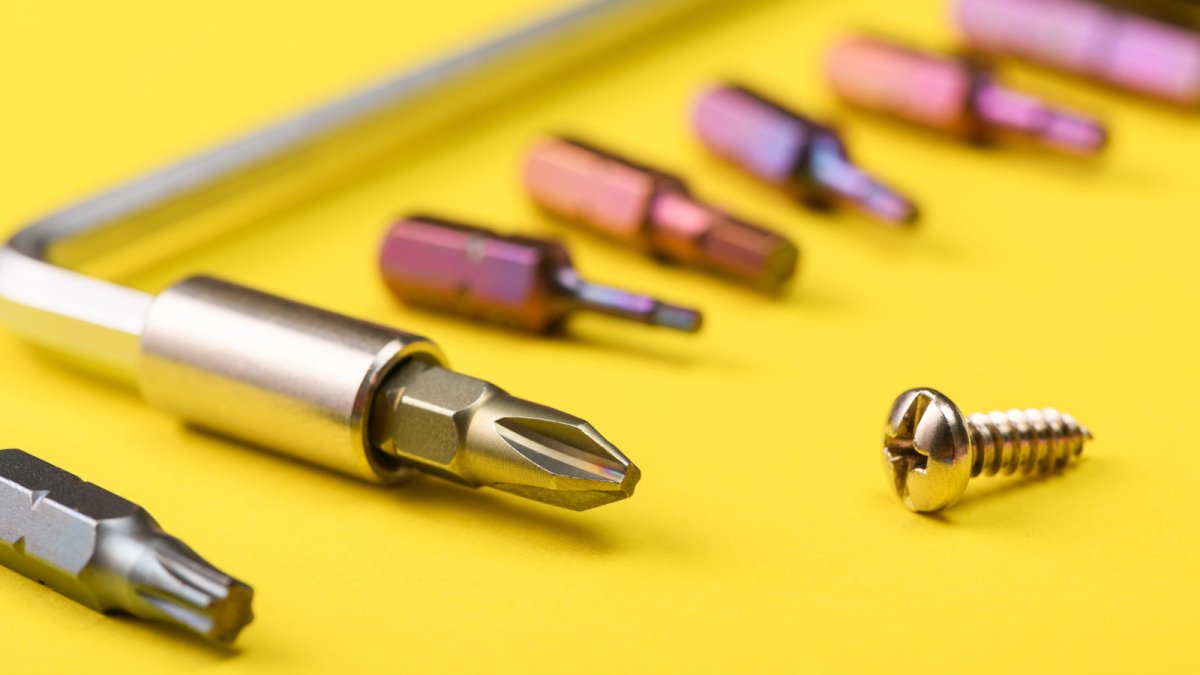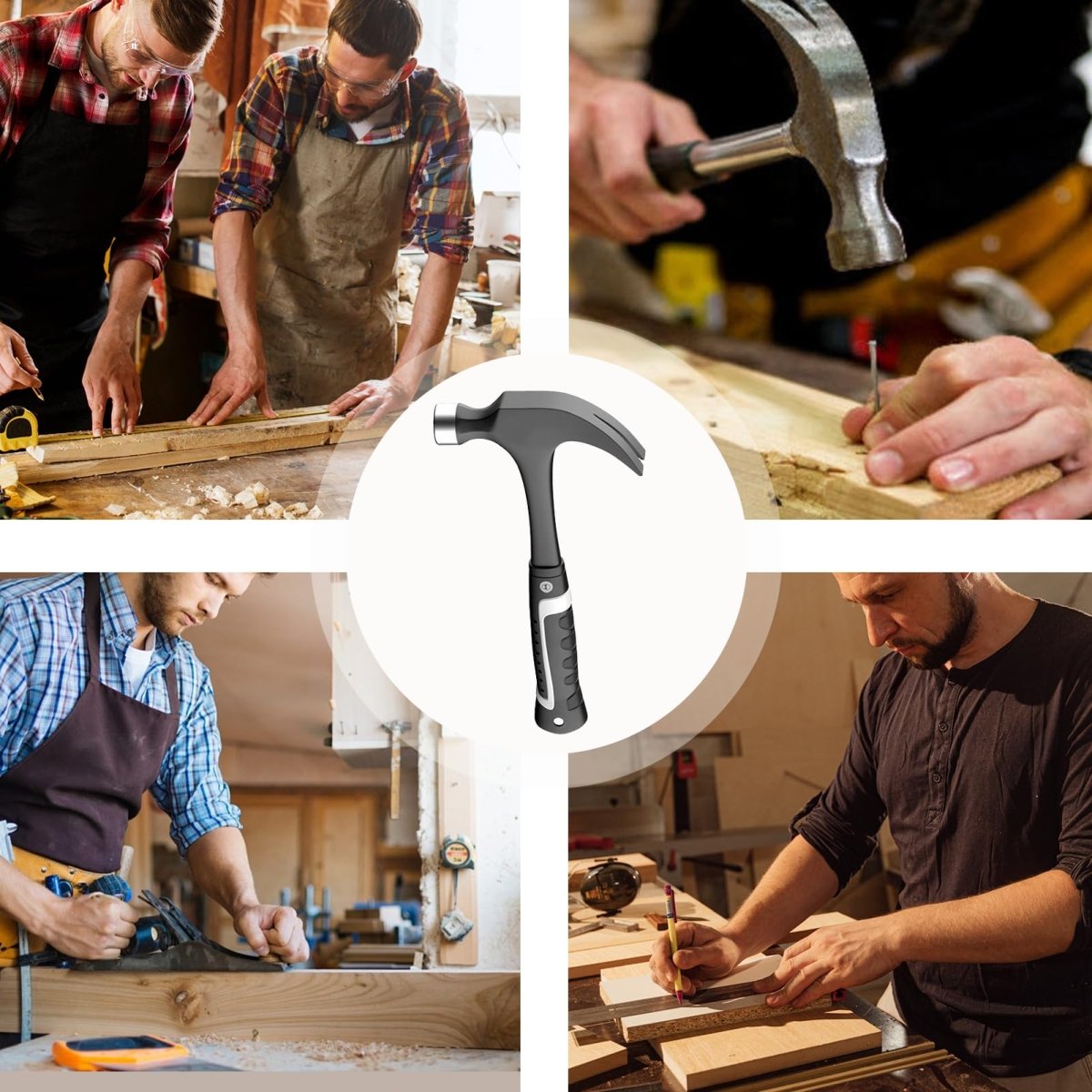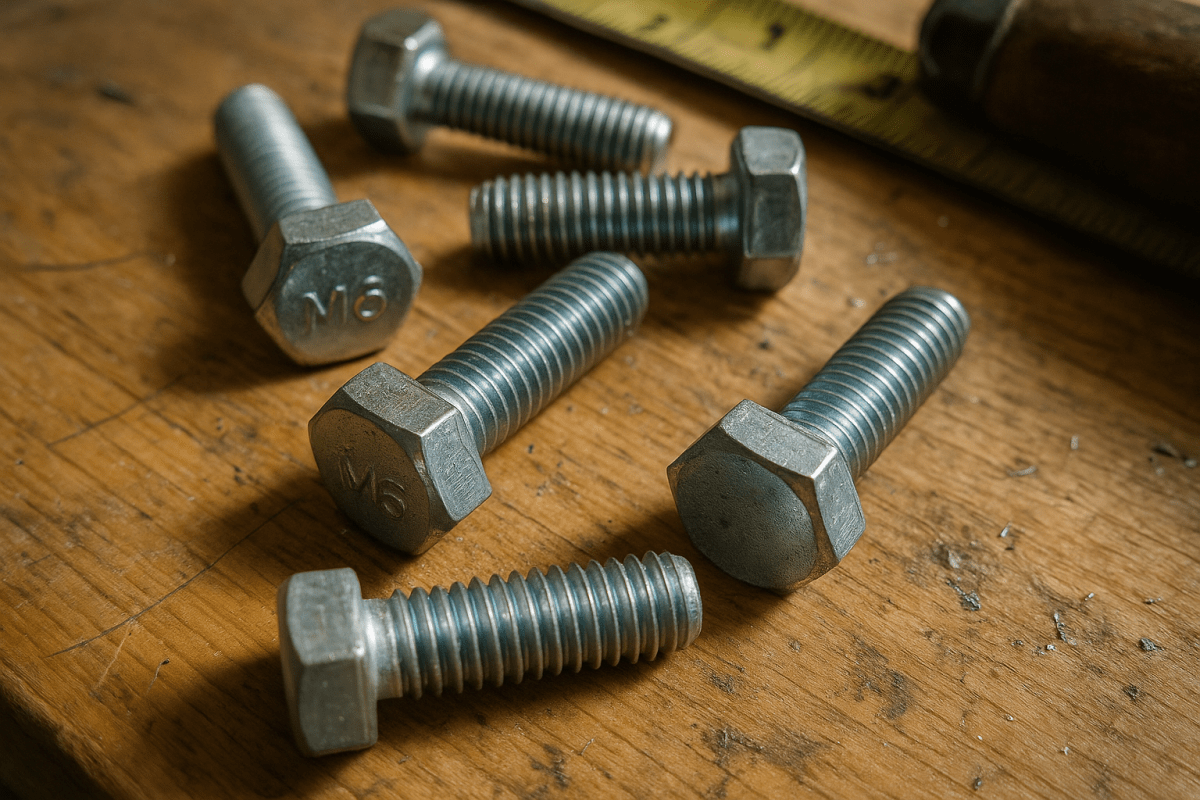Table of Contents
1. The Origin Story of Phillips Screwdrivers
In the early 20th century, the automotive industry faced a frustrating problem. Assembly line workers using traditional flathead screwdrivers kept stripping screws or over-tightening them, slowing down production. The solution came from an unlikely place - Portland, Oregon.
Henry F. Phillips, an enterprising businessman, didn't invent the cross-shaped screw design (that credit goes to John P. Thompson in 1932). Instead, Phillips saw its potential and spent years refining it. His key improvements included:
- Precision tapering that allowed the screwdriver to "cam out" at high torque
- Deeper recesses for better grip and control
- Standardized sizing (now known as Phillips #1, #2, etc.)
By 1936, General Motors had adopted Phillips screws for Cadillac production. When World War II began, the military standardized them for equipment assembly - cementing their place in American toolboxes. Today, you'll find quality Phillips screwdrivers in nearly every workshop.
2. The Naming Secret: Why "Phillips"?
Walk into any hardware store and you'll hear requests for "Phillips head" screwdrivers - but why not "cross-head" or "X-driver"? The answer lies in brilliant marketing and industrial adoption.
Henry Phillips never actually manufactured screws or drivers. His company licensed the technology to fastener producers, who consistently used the "Phillips" name in their catalogs and packaging. Three factors cemented the name:
- Automotive Industry Adoption: GM and Chrysler manuals referred to "Phillips screws" in repair documentation
- Military Standardization: WWII technical drawings exclusively used the Phillips designation
- Post-War DIY Boom: The housing explosion put Phillips-branded tools in homeowners' hands
Fun fact: The original patent actually expired in 1966, but the name had become so ubiquitous that it remained the standard term.
3. The Engineering Breakthrough of Phillips Screwdrivers
The Phillips screwdriver's superiority becomes clear when compared to traditional flathead designs:
| Feature | Phillips | Flathead |
|---|---|---|
| Torque Control | Cams out to prevent stripping | Easily over-tightened |
| Alignment | Self-centering design | Prone to slipping |
| Production Speed | 2-3x faster in assembly lines | Slower, manual alignment needed |
At HomeDIYer, we carry Phillips screwdrivers with precisely machined tips that maintain these engineering advantages while adding modern ergonomic handles.
4. Where You'll Use Phillips Screwdrivers Today
While newer screw types exist (like Torx and Robertson), Phillips remains the most common screwdriver in North America. You'll find them essential for:
Home Improvement Projects
- Assembling furniture (IKEA, etc.)
- Installing cabinet hardware
- Hanging drywall (electrical boxes)
Automotive Work
- Interior trim panels
- Battery terminal connections
- Some engine components
Electronics
- Laptop and phone repairs (smaller sizes)
- Appliance maintenance
- Outlet and switch covers
For most homeowners, a quality Phillips #2 screwdriver handles 90% of household tasks.

5. Choosing the Right Screwdriver for Your Project
Not all Phillips screwdrivers are created equal. Here's what to look for:
Size Matters
Phillips sizes range from #000 (tiny electronics) to #4 (industrial applications). The most common are:
- #1: Small electronics, eyeglasses
- #2: Standard household use (our bestseller)
- #3: Larger furniture and deck screws
Material Quality
Premium screwdrivers use:
- Chromium-vanadium steel shafts
- Precision-machined tips
- Anti-corrosion coatings
Handle Design
Look for:
- Ergonomic rubberized grips
- Hex bolster for wrench assistance
- Magnetic tips (for easier screw handling)
Our professional-grade screwdrivers combine all these features for superior performance.

6. Frequently Asked Questions
Q: Is "Phillips" trademarked?
A: No, the original patent expired in 1966. Any manufacturer can now produce Phillips screwdrivers, though quality varies significantly.
Q: Why does my Phillips screwdriver keep slipping?
A: Usually caused by either a worn tip or a size mismatch. Replace damaged screwdrivers and ensure you're using the correct size (#2 for most household screws).
Q: What's the difference between Phillips and Pozidriv?
A: Pozidriv is a European improvement with additional contact points. While similar, they're not fully interchangeable.
Q: How often should I replace my Phillips screwdrivers?
A: With proper care, quality screwdrivers last for a year. Replace when tips show visible rounding or you notice increased slippage.








